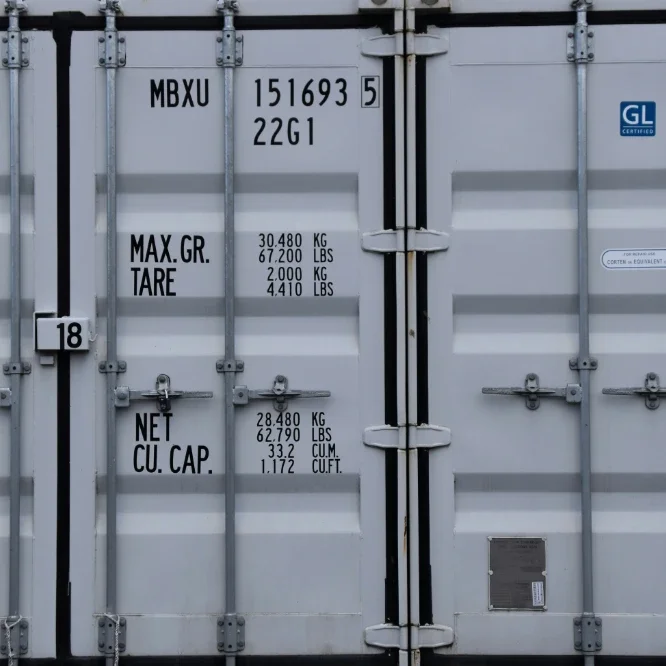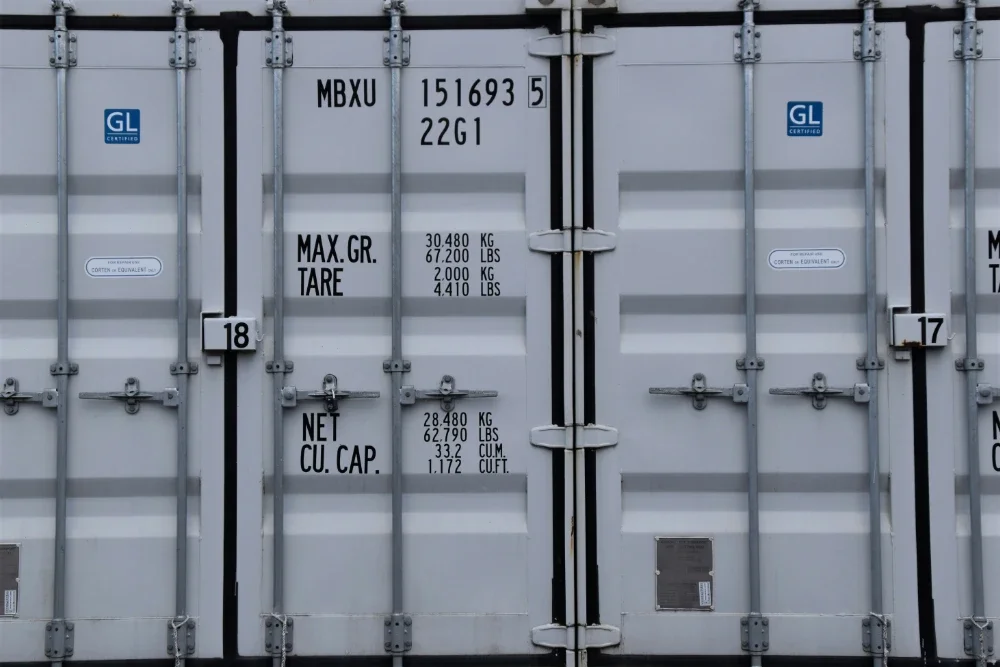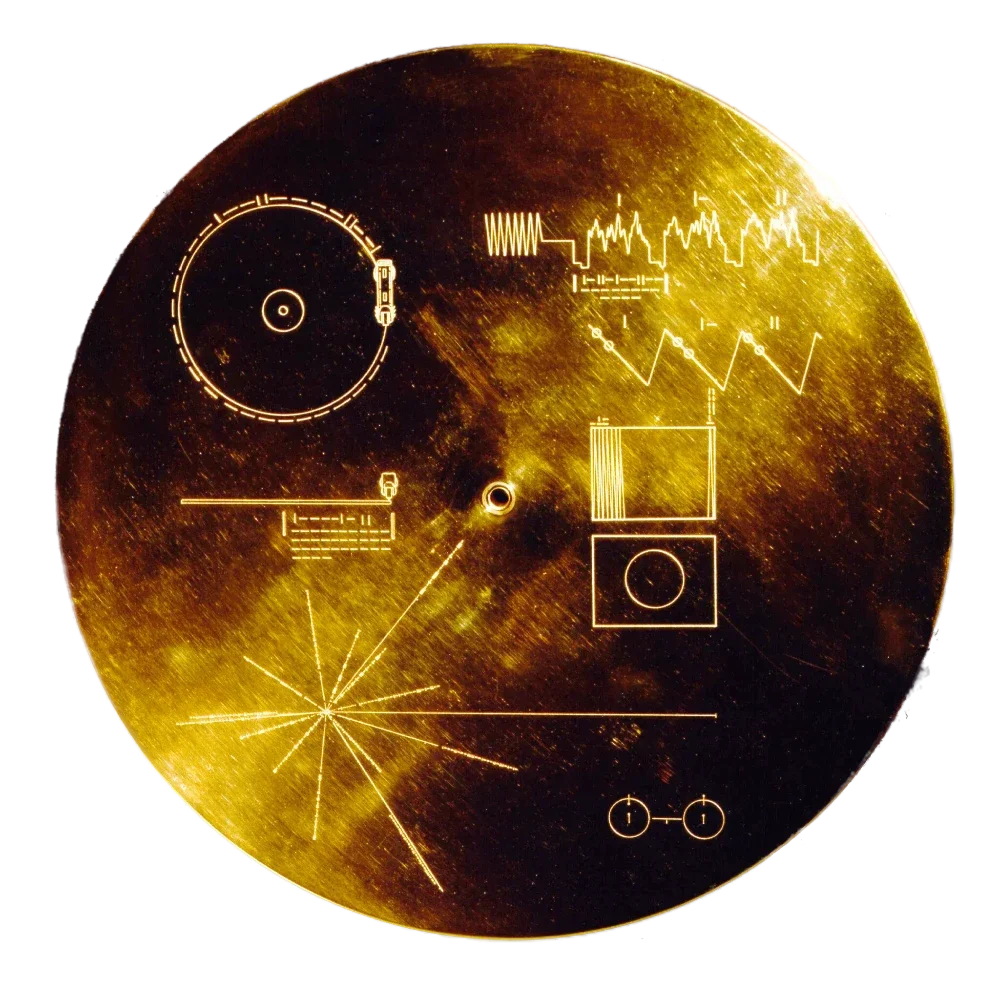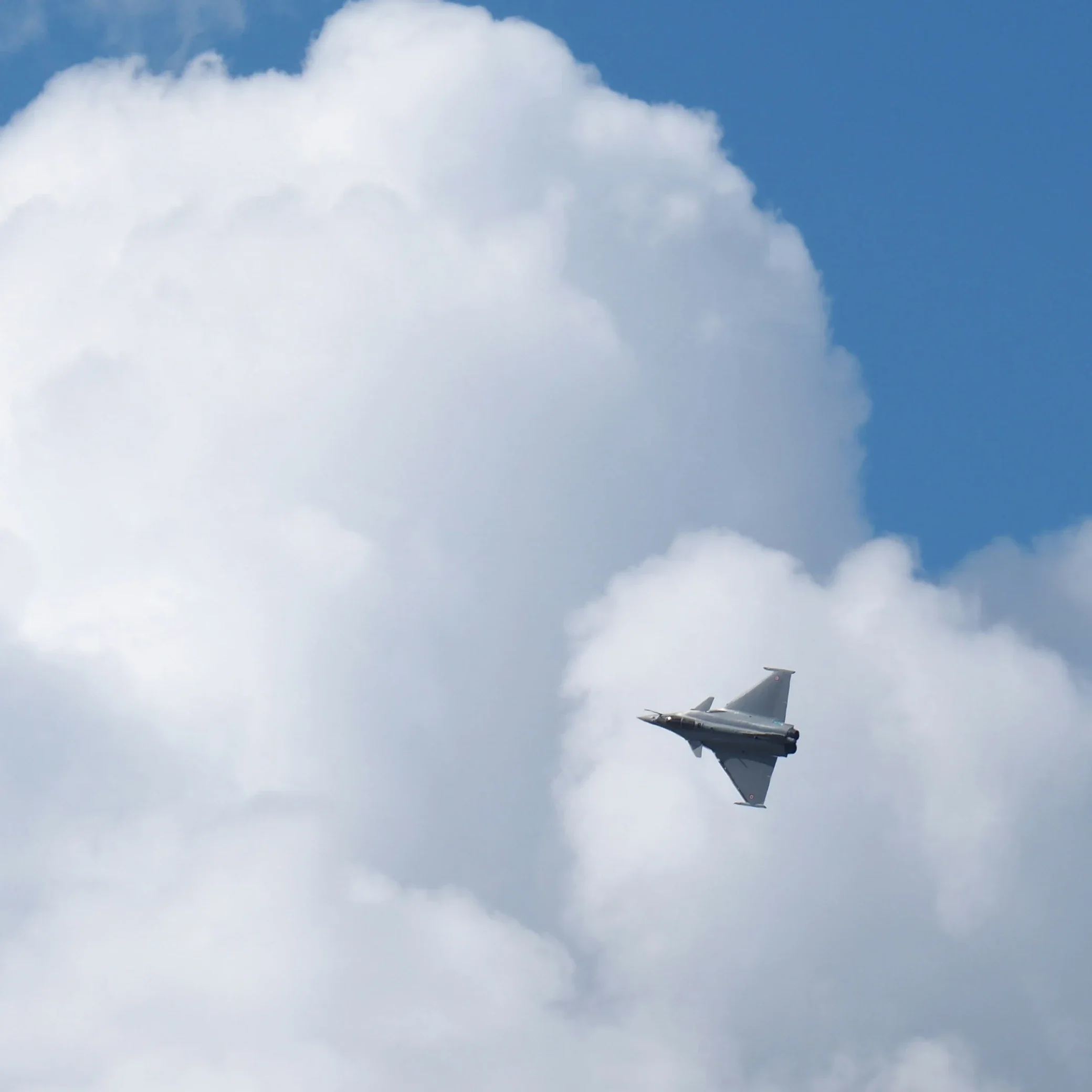Deciding which Docker tag to use
This is a guest post by Justin Domingus, co-author of Cloud Native DevOps with Kubernetes.
In this post we’re going to talk about how versioning works in Docker container images. We’ll also explore some different strategies you will want to consider when using image version tags in your own Dockerfiles.
Docker container names are split into 2 parts: the name of the
container image, and the version tag of the container image. For
example, the container python:3 is a container hosted on
Docker Hub at https://hub.docker.com/_/python.
The name of the container is python, and 3 is
the version tag. There are several other version tags of
python also available, such as:
python:3.7python:3.7.3python:3-alpinepython:3.7-alpinepython:3.7.3-alpinepython:slim
Most of the popular languages use a similar tagging pattern in their official images on Docker Hub. Each of these tags represents different variations of an install of Python. Some use a different base operating system images (Alpine VS Debian VS “slimmed-down” Debian), and they also indicate the specific versions of whatever language is installed in the image.
Today the python:3 container image specifically uses
Python version 3.8. Whenever 3.9 is released, that tag will get updated
and the python:3 image will then contain version 3.9
instead. In a similar way, the python:3.7 image would be
the latest available security patch of Python 3.7. Currently that
happens to be 3.7.3, but tomorrow that could be 3.7.4 if a new version
is released.
When writing your own applications, you will need to decide which
version of the base image(s) you will use in the FROM
statement(s) of your Dockerfile(s). The options include:
- None (just use :latest, for example, just
FROM python) - Specify a tagged version number (for example,
python:3, orpython:3.7, orpython:3.7.3) - The exact
sha256digest of an image (for example,python@sha256:7e6c00cc553fdce06c1bcfcbf34c73a0f3623a8fc9ce88c8fb91671f2cbc0dab)
Let’s look a bit at each option, and discuss why you may want to use one tagging strategy over another.
If you have Docker installed run something like
docker run python. The output you may see is
Unable to find image 'python:latest' locally… Note that you
didn’t specify the:latest tag, but that is what you got.
Good or bad, this is the default
behavior in Docker. We cover this more in the Running Containers
chapters in the book.
So which version of Python did you get? And which base operating
system? In this case, the :latest tag currently points at
version 3 of a container with Debian 9 installed. When a new version of
Python (or a new version of Debian) is released, the
:latest tag will point at the newer image.
This is where you have some decisions to make when writing your own
Dockerfiles. If you are writing an application in Python, for example,
it probably matters very much if you are using Python version 2 or
version 3. And whenever version 4 comes out, you will likely have some
work to do in your codebase before you can upgrade. If your Dockerfile
starts with FROM python:latest then one day you will go to
deploy some new code, you’ll build a new container, and the Python in
that container will change from version 3 to version 4. You probably
don’t want this to magically happen without some planning involved.
So perhaps you decide to use FROM python:3 instead and
that way you know that your application will always use the latest
patched version of Python 3. Whenever 3.9, 3.10, 3.11, etc. are
released, just by deploying new code you’ll automatically be upgrading
your Python version along the way. Neat! The tradeoff to this approach
is that you will likely run into some unexpected failed builds as you
make changes to your application. One day, some package you are using is
going to change versions, or have some incompatibility with some other
package that changed, and your application will fail to build. This is a
frustrating experience to have builds fail when changing code that
doesn’t touch any package versions.
So maybe after using FROM python:3 in your Dockerfile
your builds started failing when the version jumped from
3.7 to 3.8. You then decide to switch to
specifying FROM python:3.7 instead. Now, when 3.8, 3.9,
3.10 etc. are released, you won’t automatically bump to those minor
release versions without you changing it in your Dockerfile.
You can begin to see where this pattern goes. By starting out at the
least specific version tag, you are basically automatically going to be
building the newest and latest version of that image. Moving down the
spectrum, you can specify a major release versions to use, or the major
+ minor release version, or even the major + minor + security patch
level to use. You also have one additional option: specifying the exact
sha256 digest of an image.
Instead of a numbered version tag, you could specify
FROM python@sha256:7e6c00cc553fdce06c1bcfcbf34c73a0f3623a8fc9ce88c8fb91671f2cbc0dab
in your Dockerfile. This is the exact digest of a specific image, and it
will never change. This would ensure that nothing about your base image
would ever change out from underneath you. This means you shouldn’t see
as many unexpected build failures when some downstream packages because
you will always be using the same base image. The tradeoff is you won’t
be pulling in any newer versions of base images or packages that contain
updates, like security patches.
To sum is up: When using something like the :latest tag
of a public Docker image you are basically always going to be running a
patched version of that container, but the packages inside will
constantly be changing. By using a specific sha256 the
image won’t change, meaning you won’t get any patches or updates without
updating the tag in your Dockerfile.
So which strategy should you use? Ultimately this should be a discussion you will want to have with anyone working on the codebase. Depending on a number of factors such as the number of people working on an application, the resources the team has available, the complexity of the application, and the language used, one tagging strategy may be more appropriate over another.
Here is a quick summary of the pros/cons of each:
Movable Tag Strategy:
Pros: You will automatically track upstream patches and updates
Cons: Builds will likely break unexpectedly when versions change
Fixed Digest Strategy:
Pros: Builds should more consistent and reproducible
Cons: You will need to manually update your base image or you will miss out on important patches
If you are looking for a place to start out, try starting with using
the minor stable release of the language you are using, such as
python:3.7. Or in the case of ruby, try something like
ruby:2.6. For Go, start with something like
golang:1.12, (or try the alpine or
slim versions if you want to use much smaller images). If
you run into some unexpected behavior in testing or are constantly
having build failures from dependencies changing out from underneath
you, move to a more specific tag. You may end up deciding that for that
particular Dockerfile you want to use the exact sha256 for
your base container. This is a fine option, just remember that it means
you’ll also need to regularly review and update your base image manually
in order to pull in any security patches.
You will find plenty of examples of applications out in the wild using all variations of the options we have discussed in this post. And you will likely run into folks who have very strong opinions on the subject, one way or the other. We encourage you to experiment, understand the pros and cons of all options, and decide in collaboration with your teams what makes sense for any given application. And don’t be afraid to change course and try something else if one tagging strategy doesn’t seem to be working out for your team.
Until next time, thanks for reading and let us know what you think.







